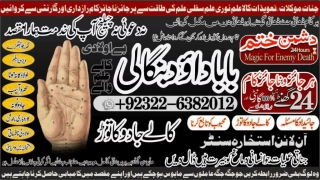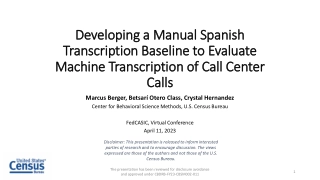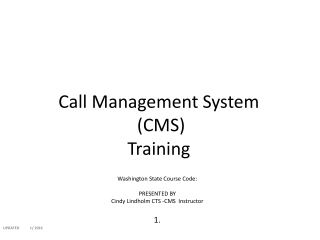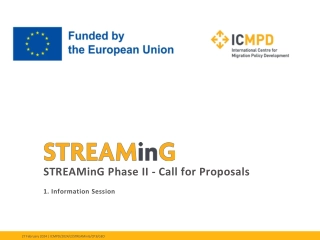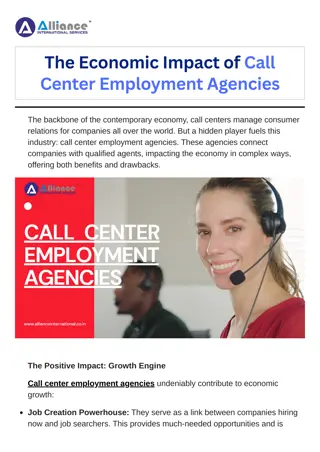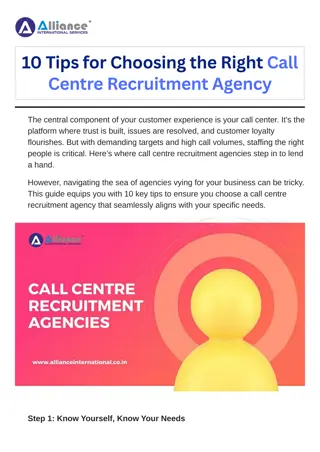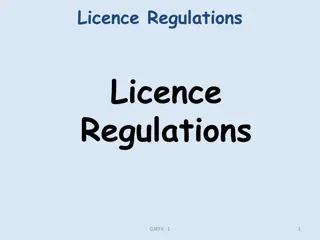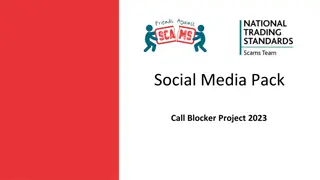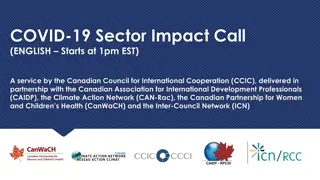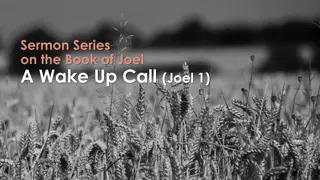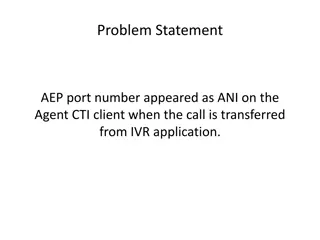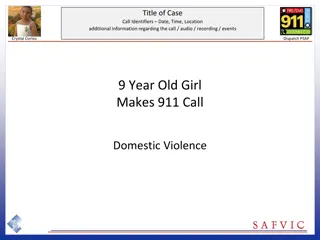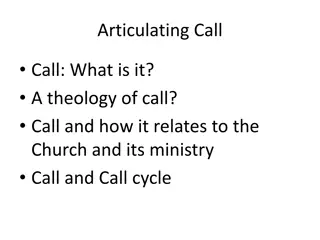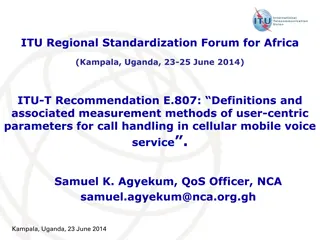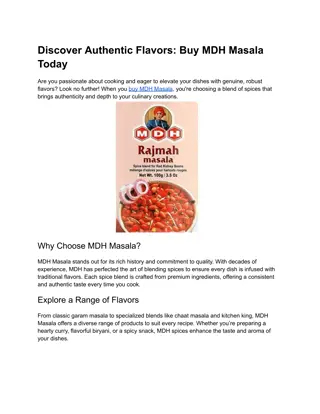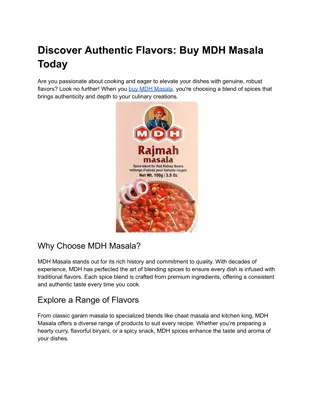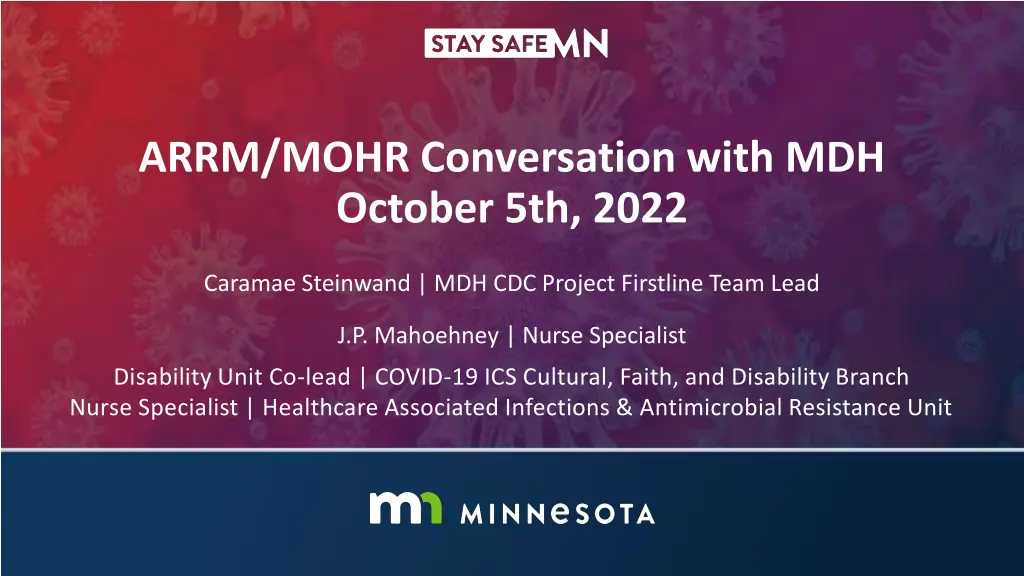
Healthcare Updates and Training Sessions
Stay informed with the latest healthcare updates and training sessions on topics such as recognizing risks, COVID-19 transmission, and infection control. Join virtual sessions led by healthcare specialists to learn about germs, reservoirs, and more. Register for upcoming sessions and access recorded trainings for valuable insights.
Download Presentation

Please find below an Image/Link to download the presentation.
The content on the website is provided AS IS for your information and personal use only. It may not be sold, licensed, or shared on other websites without obtaining consent from the author. If you encounter any issues during the download, it is possible that the publisher has removed the file from their server.
You are allowed to download the files provided on this website for personal or commercial use, subject to the condition that they are used lawfully. All files are the property of their respective owners.
The content on the website is provided AS IS for your information and personal use only. It may not be sold, licensed, or shared on other websites without obtaining consent from the author.
E N D
Presentation Transcript
ARRM/MOHR Conversation with MDH October 5th, 2022 Caramae Steinwand | MDH CDC Project Firstline Team Lead J.P. Mahoehney | Nurse Specialist Disability Unit Co-lead | COVID-19 ICS Cultural, Faith, and Disability Branch Nurse Specialist | Healthcare Associated Infections & Antimicrobial Resistance Unit
Project Firstline Update October 5, 2022 Caramae Steinwand, BS. | MDH Project Firstline Team Lead and Infection Control, Assessment, and Response (ICAR) Team
Training Session Germs can live in places called reservoirs, which are found on and in our bodies and in the health care environment. Join us on October 18 or 19 at 12 p.m. CDT for our next MDH Project Firstline Table Talk (30-minute training session followed optional 10-minute Q&A). This virtual session will discuss reservoirs in health care and how germs get from one place to another (pathways). New Topic: Recognizing Risk Using Reservoirs (A Review) Tuesday, October 18, 2022 | 12 - 12:30 p.m. CDT Register for 10/18 Project Firstline Table Talk Wednesday, October 19, 2022 | 12 - 12:30 p.m. CDT Register for 10/19 Project Firstline Table Talk Website: Project Firstline Email questions to: Project.Firstline.MDH@state.mn.us 3
August Data August 2022 Monthly Data Website Update- New recorded training available. What Does it Mean to Recognize a Risk? Number of visits to website: 446 Total number of registered for recorded trainings: 135 #1: How Respiratory Droplets Spread COVID-19 Social Media- Hundreds of likes, shares, and comments! #2: PPE: Eye Protection Nursing/Medical Assistant was to most common role for the recorded trainings. Skilled Nursing Facility was the most common setting type for the recorded trainings. 4
ARRM/MOHR Conversation with MDH October 2022 J.P. Mahoehney | Nurse Specialist Disability Unit Co-lead | COVID-19 ICS Cultural, Faith, and Disability Branch Nurse Specialist | Healthcare Associated Infections & Antimicrobial Resistance Unit A p r i l 6 , 2 0 2 2
Data 7/6/2025 6
CDC Data: Community Transmission Last Month This Month 7/6/2025 7
CDC Data: Community Levels Last Month This Month 7/6/2025 8
MDH Trend Data: ALF and NH From: https://www.health.state.mn.us/diseases/coronavirus/stats/setting.html#ccfc1 7/6/2025 9
CDC Guidance for Healthcare Settings https://www.cdc.gov/coronavirus/2019-ncov/hcp/infection- control-recommendations.html https://www.cdc.gov/coronavirus/2019-ncov/hcp/guidance- risk-assesment- hcp.html?CDC_AA_refVal=https%3A%2F%2Fwww.cdc.gov%2Fc oronavirus%2F2019-ncov%2Fhcp%2Freturn-to-work.html 7/6/2025 10
What does update mean for screening/informing in ICFs? Ensure everyone is aware of recommended IPC practices in the facility. Post visual alerts (e.g., signs, posters) at the entrance and in strategic places (e.g., waiting areas, elevators, cafeterias). These alerts should include instructions about current IPC recommendations (e.g., when to use source control and perform hand hygiene). Establish a process to make everyone entering the facility aware of recommended actions to prevent transmission to others if they have any of the following three criteria: 1) a positive viral test for SARS-CoV-2 2) symptoms of COVID-19, or 3) close contact with someone with SARS-CoV-2 infection (for patients and visitors) or a higher- risk exposure (for healthcare personnel (HCP)). 7/6/2025 11
What does the update mean for universal use of masks in ICFs? When SARS-CoV-2 Community Transmission levels are high, source control is recommended for everyone in a healthcare setting when they are in areas of the healthcare facility where they could encounter patients. When SARS-CoV-2 Community Transmission levels are not high, healthcare facilities could choose not to require universal source control. However, even if source control is not universally required, it remains recommended for individuals in healthcare settings who: Have suspected or confirmed SARS-CoV-2 infection or other respiratory infection (e.g., those with runny nose, cough, sneeze); or Had close contact (patients and visitors) or a higher-risk exposure (HCP) with someone with SARS-CoV-2 infection, for 10 days after their exposure; or Reside or work on a unit or area of the facility experiencing a SARS-CoV-2 outbreak; universal use of source control could be discontinued as a mitigation measure once no new cases have been identified for 14 days; or Have otherwise had source control recommended by public health authorities 7/6/2025 12
What does updated guidance mean for use of eye protection in ICFs? The updated CDC language states that implementation of universal eye protection is a consideration (not a requirement) for healthcare facilities. As community transmission levels increase, the potential for encountering asymptomatic or pre-symptomatic individuals with SARS-CoV-2 infection also likely increases. In these circumstances, healthcare facilities should consider implementing broader use of eye protection by healthcare workers (HCW) during patient care encounters. Healthcare workers who enter the room of a patient with suspected or confirmed SARS-CoV-2 infection should adhere to Standard Precautions (i.e., anticipated splash) and use a NIOSH-approved particulate respirator with N95 filters or higher , gown, gloves, and eye protection (i.e., goggles or a face shield that covers the front and sides of the face). 7/6/2025 13
What does updated CDC guidance mean for testing and precautions after an exposure in ICFs? Precautions following exposure: In general, asymptomatic residents no longer require empiric use of Transmission-Based Precautions following close contact with someone with SARS-CoV-2 infection Testing recommendations (for staff and persons who are served in ICFs): Anyone with even mild symptoms of COVID-19, regardless of vaccination status, should receive a viral test for SARS-CoV-2 as soon as possible. Asymptomatic patients with close contact with someone with SARS-CoV-2 infection should have a series of three viral tests for SARS-CoV-2 infection. Testing is recommended immediately (but not earlier than 24 hours after the exposure) and, if negative, again 48 hours after the first negative test and, if negative, again 48 hours after the second negative test. This will typically be at day 1 (where day of exposure is day 0), day 3, and day 5. Due to challenges in interpreting the result, testing is generally not recommended for asymptomatic people who have recovered from SARS-CoV-2 infection in the prior 30 days. Testing should be considered for those who have recovered in the prior 31-90 days; however, an antigen test instead of a nucleic acid amplification test (NAAT) is recommended. This is because some people may remain NAAT positive but not be infectious during this period. 7/6/2025 14
MDH Guidance for DHS- Licensed Settings 7/6/2025 15
What does the updated guidance mean for HCBS-CRS and DSF settings? Updated guidance is being drafted and reviewed by MDH in light of updated CDC recommendations CDC has informed state s that congregate care guidance is being drafted by CDC. MDH will recommend HCBS-CRS and DSF settings follow recommendations solely in CDC Community Level Guidance Healthcare workers (wound nurses, home health aides, etc) who enter a CRS or DSF should following the CDC healthcare guidance MDH will recommend that DHS-license settings provide education to staff, visitors and residents about ways to prevent transmission similar to informing recommendations for ICFs 7/6/2025 16
What does the updated guidance mean for universal use of masks in HCBS-CRS and DSF settings? MDH recommends people who work and are served in HCBS-CRS and DSFs follow the CDC community levels guidance: 7/6/2025 17
What does the updated guidance mean for universal use of masks in HCBS-CRS and DSF settings? MDH recommends people who work and are served in HCBS-CRS and DSFs follow the CDC community levels guidance: 7/6/2025 18
Respiratory Syncytial Virus (RSV) 7/6/2025 19
Unusually high RSV circulation has been observed in Minnesota MDH issued a Health Alert on RSV on 10/4/22: https://www.health.state.mn.us/communities/ep/han/2022/oct4rsv.pdf Respiratory syncytial virus (RSV) is a major cause of severe lower respiratory infection in young children and elderly. It is the most common cause of bronchiolitis and pneumonia in children younger than 1 year of age. Typically, RSV circulates during the colder months of the year. However, an increase in outpatient visits and hospitalizations due to RSV has occurred early this fall, with 103 hospitalizations reported in the Twin Cities metropolitan area in September (48 in July and 52 in August). RSV can also cause severe disease in older adults (65 years and older). Consider RSV when evaluating patients who have symptoms consistent with RSV, particularly when there are patients with respiratory symptoms who test negative for COVID-19. Patients with acute respiratory symptoms should stay home while ill. This is especially important for people who work in health care, childcare and in long-term care. Children with suspected or confirmed RSV should not attend childcare. 7/6/2025 20
Hospitalized RSV cases Weekly Influenza and Respiratory Activity: Statistics - Minnesota Dept. of Health (state.mn.us) 21
Contact Information J.P. Mahoehney, RN MPH W: 651-201-5276 | jp.mahoehney@state.mn.us Infection Control Assessment and Response (ICAR) Team health.icar@state.mn.us 7/6/2025 22

